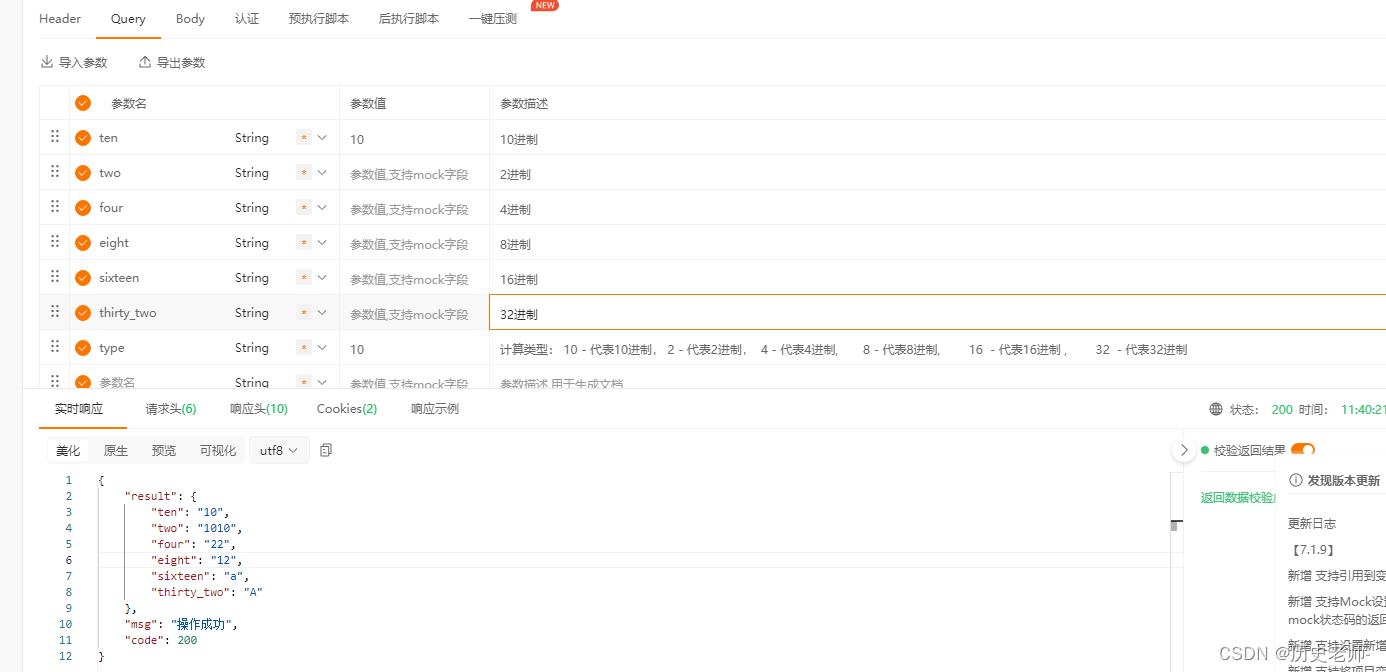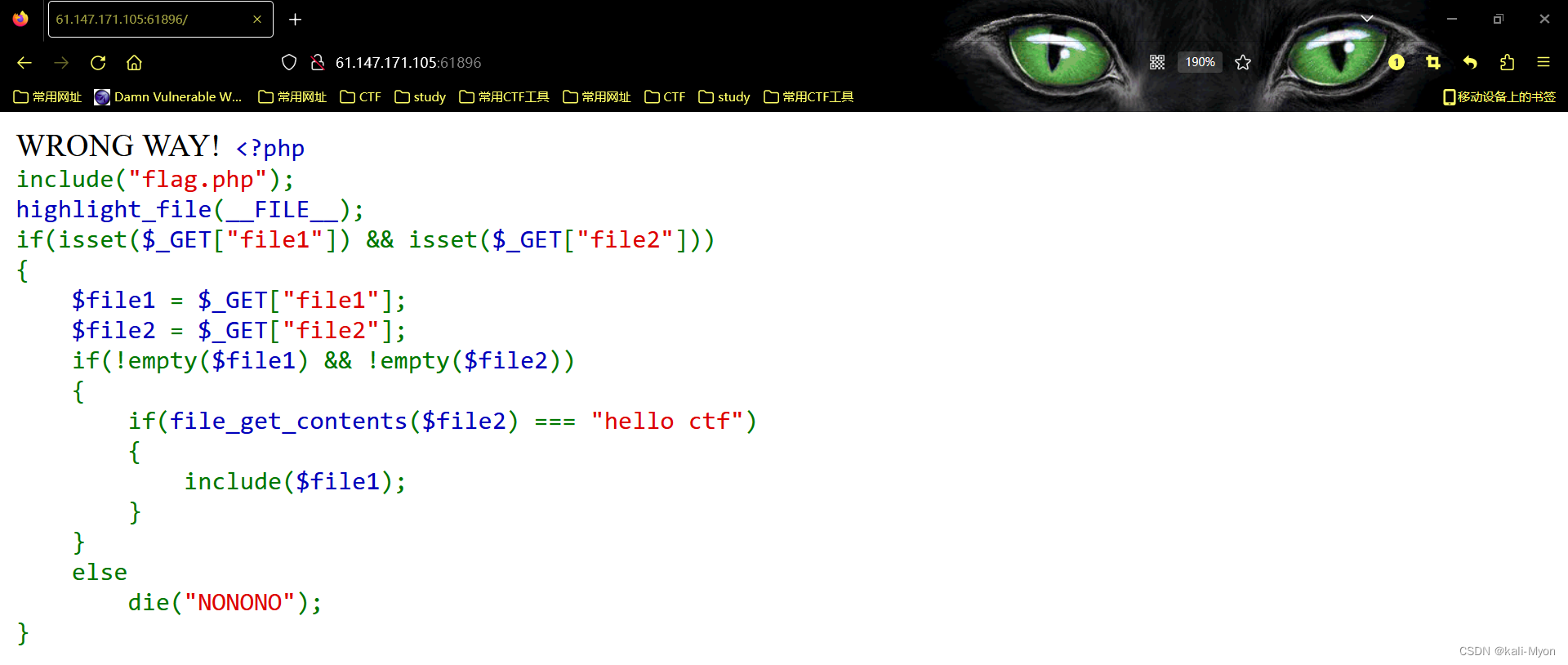
1、正则表达式
正则表达式是 Python 中匹配模式、搜索和替换字符串、验证字符串等的最佳技术。现在,您无需为此类工作使用循环和列表。
查看以下关于验证电子邮件格式的正则表达式片段代码示例:
# Regular Expression Check Mail
import re
def Check_Mail(email):
pattern = re.compile(r'([A-Za-z0-9]+[.-_])*[A-Za-z0-9]+@[A-Za-z0-9-]+(.[A-Z|a-z]{2,})+')
if re.fullmatch(pattern, email):
print("valid")
else:
print("Invalid")
Check_Mail("codedev101@gmail.com") #valid
Check_Mail("codedev101-haider@uni.edu")#Invalid
Check_Mail("code-101-work@my.net") # Invalid2、Pro Slicing
这个简单的代码片段将帮助您像专业人士一样对列表进行切片。查看下面的示例代码:
# Pro Slicing # list[start:end:step] mylist = [1, 2, 3, 5, 5, 6, 7, 8, 9, 12] mail ="codedev-medium@example.com" print(mylist[4:-3]) # 5 6 7 print(mail[8 : 14]) # medium
3、Swap without Temp
您是否使用 Temp 变量来交换两个数据,而不是在 Python 中您不需要使用它?在此代码段中,我将与您分享如何在不使用 temp 的情况下交换两个数据变量。
查看下面的代码:
# Swap without Temp i = 134 j = 431 [i, j] = [j, i] print(i) #431 print(j) #134
4、Magic of F-string
我们可能使用 format() 方法或“%”方法来格式化字符串中的变量。这段代码将向您介绍 F 字符串,它比另一种格式要好得多。
看看下面的示例代码:
# Magic of f-String # Normal Method name = "Codedev" lang = "Python" data = "{} is writing article on {}".format(name, lang) print(data) # Pro Method with f-string data = f"{name} is writing article on {lang}" print(data
5、获取索引
现在您不再需要 Loop 来查找特定元素的索引。您可以使用列表中的 index() 方法来完成。
查看下面的代码:
# Get Index x = [10 ,20, 30, 40, 50] print(x.index(10)) # 0 print(x.index(30)) # 4 print(x.index(50)) # 2
6、基于Another List的排序列表
此代码段将向您展示如何根据另一个列表对列表进行排序。当您需要根据所需的位置进行排序时,此代码段非常方便。
# Sort List based on another List list1 =["a", "b", "c", "d", "e", "f", "g", "h", "i", "j", "k", "l", "m"] list2 = [ 0, 1, 1, 1, 2, 2, 0, 1, 1, 3, 4] C = [x for _, x in sorted(zip(list2, list1), key=lambda pair: pair[0])] print(C) # ['a', 'g', 'b', 'c', 'd', 'h', 'i', 'e', 'f', 'j', 'k']
7、 反转字典
现在您不需要循环来反转任何字典。此代码段代码将在第二次尝试该代码段代码时反转字典。
# Invert the Dictionary
def Invert_Dictionary(data):
return{value: key for key, value in data.items()}
data = {"A": 1, "B":2, "C": 3}
invert = Invert_Dictionary(data)
print(invert) # {1: 'A', 2: 'B', 3: 'C'}8、多线程
多线程将帮助您同时并行运行 Python 函数。假设您想同时执行 5 个函数,而无需等待每个函数完成。
查看下面的代码段:
# Multi-threading import threading def func(num): for x in range(num): print(x) if __name__ == "__main__": t1 = threading.Thread(target=func, args=(10,)) t2 = threading.Thread(target=func, args=(20,)) t1.start() t2.start() t1.join() t2.join()
9、列表中出现最多的元素
此片段代码将简单地计算列表中出现次数最多的元素。我已经展示了两种方法来做到这一点。
在下面查看它:
# Element Occur most in List from collections import Counter mylst = ["a", "a", "b", "c", "a", "b","b", "c", "d", "a"] # Method 1 def occur_most1(mylst): return max(set(mylst), key=mylst.count) print(occur_most1(mylst)) # a # Method 2 # Much Faster then Method 1 def occur_most2(mylst): data = Counter(mylst) return data.most_common(1)[0][0] print(occur_most2(mylst)) # a
10、分割线
有一个逐行格式的原始文本,并希望将其分成几行。此代码段将在一秒钟内解决您的问题。
# Split lines data1 = """Hello to Python""" data2 = """Programming Langauges""" print(data1.split("n")) # ['Hello to', 'Python'] print(data2.split("n")) # ['Programming', ' Langauges']
11、 将列表映射到字典
此代码段将帮助您将任意两个列表转换为字典格式。要了解它是如何工作的,请查看下面的代码:
# Map List into Dictionary
def Convert_to_Dict(k, v):
return dict(zip(k, v))
k = ["a", "b", "c", "d", "e"]
v = [1, 2, 3, 4, 5]
print(Convert_to_Dict(k, v)) # {'a': 1, 'b': 2, 'c': 3, 'd': 4, 'e': 5}12、解析电子表格
现在您不需要 Pandas 或任何其他外部 Python 包来解析电子表格。Python 有一个内置的 CSV 模块,这段代码将向您展示如何使用它。
# Parse Spreadsheet
import csv
#Reading
with open("test.csv", "r") as file:
csv_reader = csv.reader(file)
for row in csv_reader:
print(row)
file.close()
#Writing
header = ["ID", "Languages"]
csv_data = [234, "Python", 344, "JavaScript", 567, "Dart"]
with open("test2.csv", 'w', newline="") as file:
csv_writer = csv.writer(file)
csv_writer.writerow(header)
csv_writer.writerows(csv_data)以上就是Python编程必知的12个必备代码片段的详细内容,转载自php中文网






发表评论 取消回复